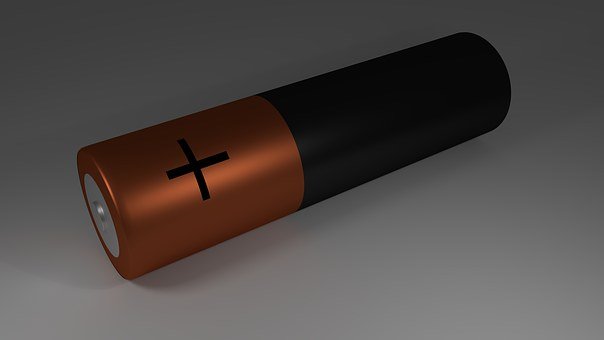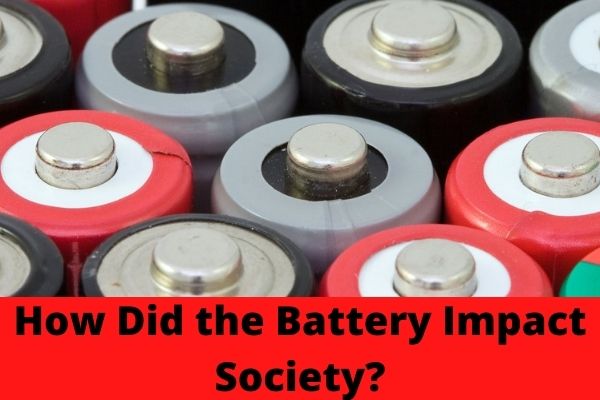Most people are familiar with the term Watt or power inverters since those are commonly used as a power converter for daily home and office appliances.
If you are also among them, you must have already heard of a 3000 Watt inverter, but do you know how many batteries for 3000 watt inverter?
Typically you will need 24 voltages and 150AH to run a 3000-watt inverter.
But how to calculate battery requirements for 3000 watt? Or what types of appliances run on 3000-watt inverters or how many batteries or what battery volt you will require to run 3000-watt inverters?
In this, article, I’m gonna explain this all.
3000 Watt Inverter! What Is It & How Does That Work?
3000 watts means the inverter can generate a maximum of 3000-watt energy or power, but practically 3000-watt inverter generates on average 2400 watts to 2500 watts energy.
Mainly, an inverter converts the DC power from the connected battery into conventional AC power, and watt indicates the total capacity of the inverter.
How Many Batteries for 3000 Watt Inverter?
To determine the number of batteries for a 3000 watt inverter, first, you need to find out the amperes or amps rate of the batteries per hour.
Now, you may wonder What Ampere or Amp Rate Is and Why You Must Need to Determine That!
Let me explain that for you, Amps is the short form of Amperes, which is the SI unit of electric power or solar energy. Amps or Amperes is determined by the electromagnetic force between electrical conductors carrying electric power.
A battery’s Amps or Amperes rating indicates how much electric or solar energy storage capacity that battery can hold.
Therefore, keep in mind that battery type and capability play a vital role in running the inverter more efficiently.
Generally, a battery can hold a minimum of 550 to maximum1000 amps based on the type and size of the battery.
Now, typically you will need 24 voltages and 150AH to run a 3000-watt inverter.
Well, you can either use a single battery with 24-volt 150AH capacity or a 12Volt 250AH fully loaded battery and it will last for an hour.
But choosing the 24Volt 150AH battery is a better option since this type of battery has the capacity of running 3600 watts. So, the 3000-watt inverter will surely run longer than an hour. to run a 3000-watt inverter.
However, if your battery has 50AH, you will need a total of 6 batteries, and for 100AH batteries, you will require 3 of them. If you are choosing a 170AH battery, you will need two of them for running a 3000-watt inverter.
But remember, if you are using a flooded cell battery, it will need a double charge, which means 6000 watts to produce the current or energy a 3000-watt inverter usually generates.
How to Calculate Battery Requirements for 3000 Watt?
The calculation method is pretty straightforward, all you have to do, is multiply the watts amount of the inverter by the battery voltage, and you will get the required amps per hour.
Based on today’s scenario you have the inverter’s Watt amount= 3000, required battery Voltage=24, and now you need to find out the amp per hour or AH rate.
Your equation will be like 3000/24 = 125AH
With a 24Volt and 125AH battery, your inverter will run for around an hour only if at full power.
But as I have already mentioned, a battery with 24Volt and 150 AH is the standard requirement for running a 3000-watt inverter. So, you may need to charge the battery a few times to run longer if your battery has less AH rate than 150AH.
However, some people maybe have a budget limitation or find those 24-volt batteries expensive, so they can opt for 12Volt batteries.
For a 12-volt battery, the calculation will be 3000/12 = 250 AH.
In that case, if you use 12 voltage and 250 AH battery at full power, your inverter will run on average 35 to 40 minutes smoothly ormay go for a maximum of 1 hour depending on your inverter battery discharge rate and efficiency.
How Long Does A 3000 Watt Inverter Run or Last?
First of all, how long the inverter will run or last with a full load at full power will always vary based on the battery’s type, capacity, and voltage output.
However, you can easily determine the run time per hour by following the below-mentioned formula:
If you are choosing a 12 Volt System for a 3000 watt inverter:
{10 * (Battery Capacity in AH) / (Load Power in Watts)} / 2 = Run Time in Hours
And;
Or, if you are choosing a 24 Volt System for a 3000 watt inverter:
{20 * (Battery Capacity in AH) / (Load Power in Watts)} / 2 = Run Time in Hours
Now, all you need to do is inputting the required information to get the result.
Note: But remember inverter performance duration also vary depending on other facts such as the equipment or appliance’s efficiency or the fluctuation capability in the total power.
What Appliances Can A 3000 Watt Inverter Run?
The 3000 watts is a decent energy source to power several devices, but make sure the appliance or equipment you are using does not surplus the upper limit of your inverter.
I am also listing out some appliances with required wattage rating in below, which you can run with a 3000 watt inverter-
| Appliances Or Tools | Maximum Wattages Ratings |
| Toaster, Juicer Or Blender | 1200 (Each) |
| Portable Electric Heaters | 1200 |
| Microwave Or Coffeemaker | 1000 (Each) |
| Refrigerator | 750 |
| Freezer | 600 |
| Stereo | 300 |
| Television | 250 |
| Computer | 150 |
Remember each electric device contains a specific wattage rating so check before connecting with the power source and inverter.
Verdict
A 3000 watt inverter is an ideal inverter capacity or size to run most of the daily use appliances.
But many people still struggle with determining the correct battery requirement for a 3000 watt inverter, so I hope this article makes their task a bit easier and hassle-free.
Related posts:

